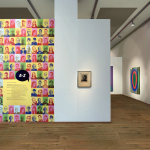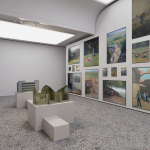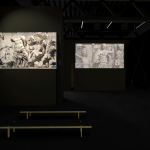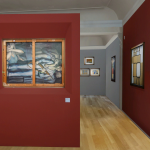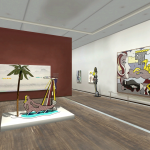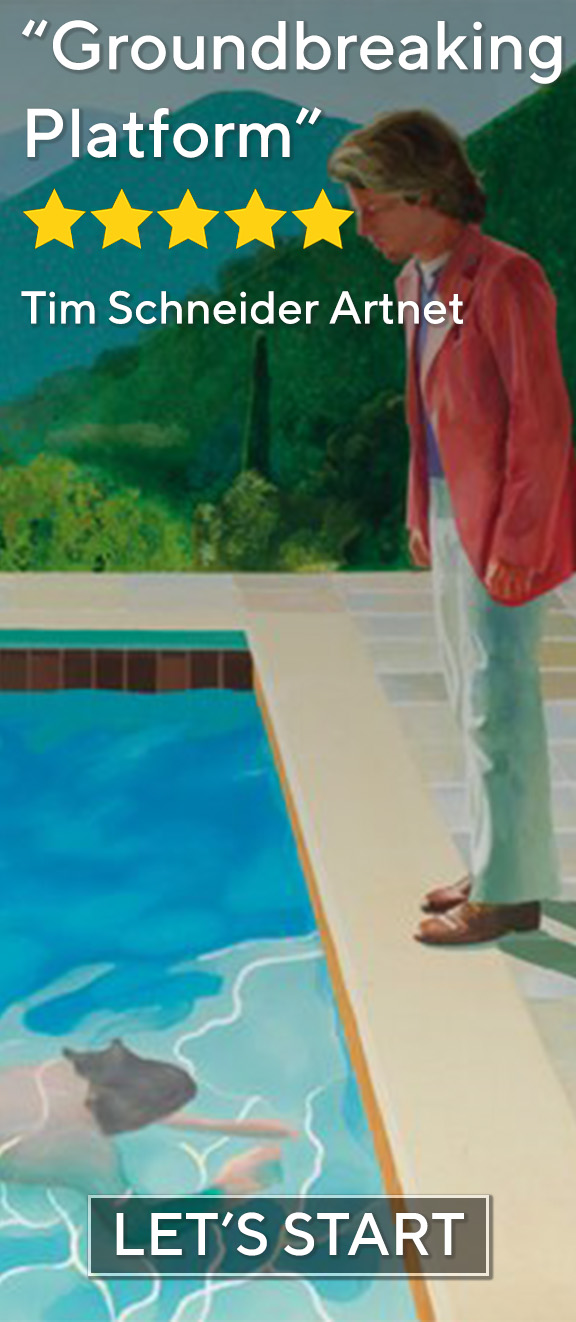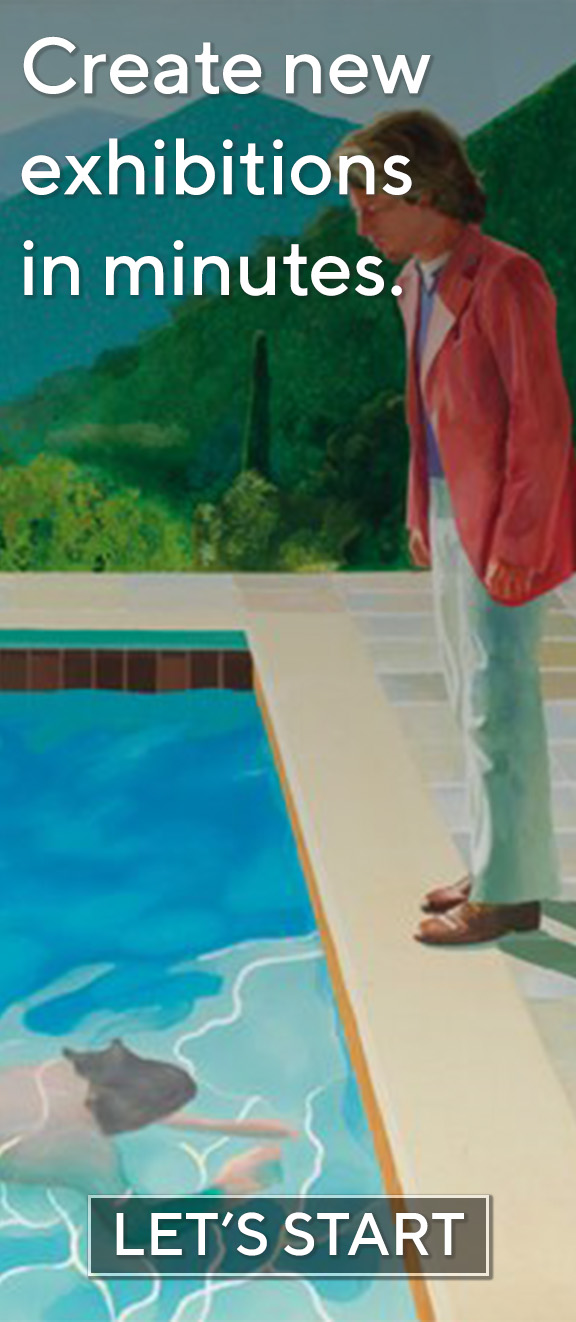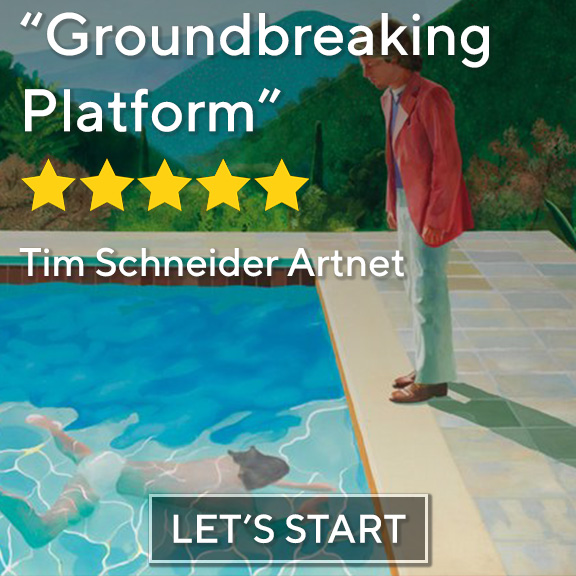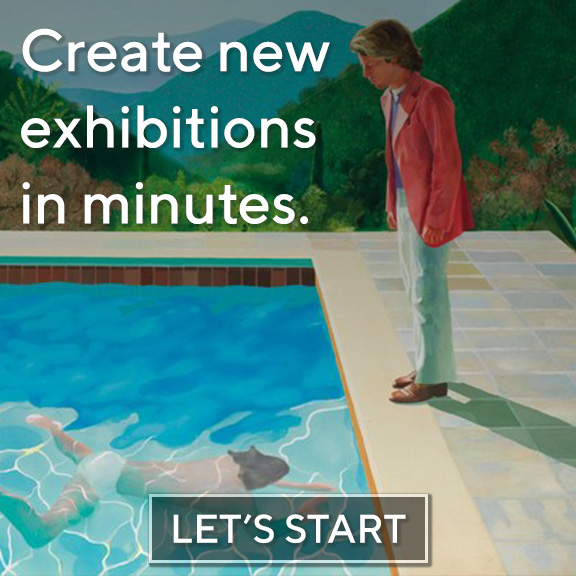Continuing our mission to review online exhibitions our users created with the Online Viewing Room in 3D, after booths selected from the Harlem Fine Arts Show, we move onto abstract shows. Our Editor chose 3 exhibitions you should see, so we recommend you visit them in the proportionally scaled digital twins we made for them.
1. Caroline Denervaud
Artist: Caroline Denervaud
Gallery: Double V Gallery (Marseille, France)
Prices: Vary between €850 and €24,500
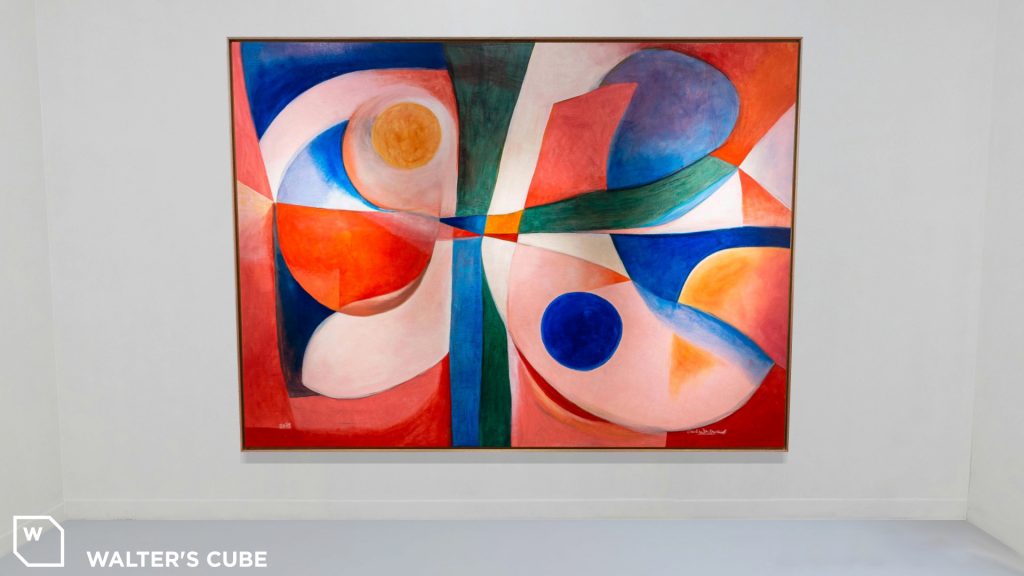
Available on the Online Viewing Room
There should be a prologue to Caroline Denervaud’s experimental work before we try to dive deeper into her artistic process and its outcomes. First of all, she is not ‘just’ a painter, but a dancer too, who studied fashion in Paris. But she is not painting dancing figures in dramatic outfits, or the idea of a moving body through abstraction – she literally dances on her large-scaled canvases to create paintings.
Of course, after the first few lines appear in a calming pink tone, she switches up her technique and fills in the gaps in a more traditional method. That does not change the fact though that her compositions heavily rely on improvisation, the energy of a moment, the feeling of movement, as she does not follow choreographies. We could think that her past in fashion is limited to picking out the right dress to dance on the canvas, but her choice of colors feels very contemporary, very luxury fashion brand-ly. The pinks and reds marry like they are strutting on a catwalk.
2. Sacred Contract
Artist: Loie Hollowell
Gallery: König Galerie (Berlin, Germany)
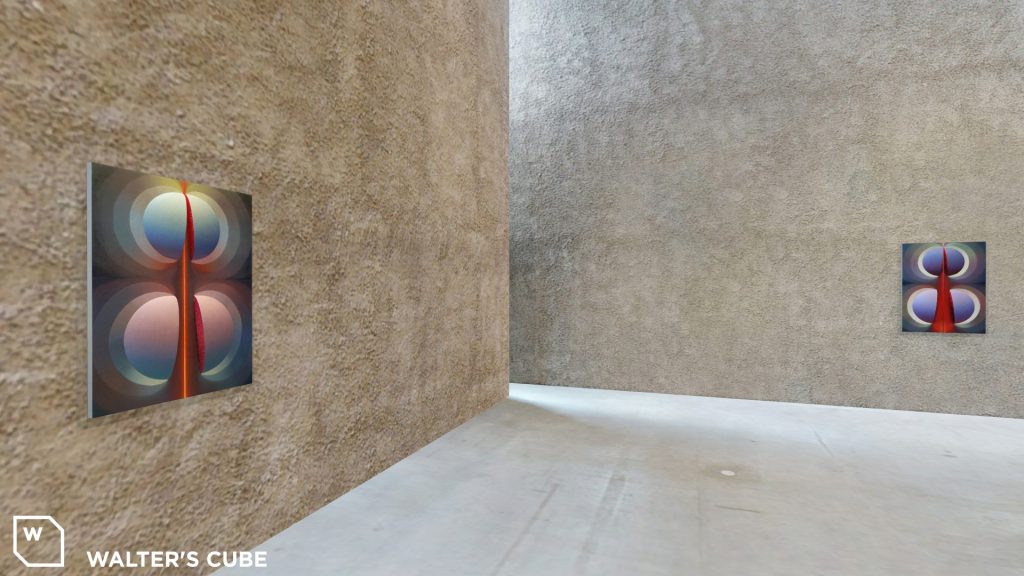
Available on the Online Viewing Room
Loie Hollowell also creates paintings that could be interpreted as bodily, although her focus is not on what a body can do in terms of expressing, but what it can experience. Her latest series depicts the birth of her second child, or what she felt during the labor to be more precise. The term ‘felt’ could be misleading, as her pictures are very sensual, but do not lack the reflection of how the mind is involved in the process – maybe even leads it.
The concentric globes could be understood as the contractions, or the breathing method that accompanies them to get through the pain. The lower, bigger globes symbolize the belly area, where the actual birthing happens, but the smaller, upper globes are the heads, where the woman is trapped and trying to make sense of what’s happening to her body. The surrounding world fades out into muted neutrals, partly because she can not comprehend it at the moment, partly because it carries no meaning or value compared to the labor.
3. Summer Show
Artists: Tilo Schulz, Tamás Komoróczky, Ferenc Gróf, Róbert Batykó, Péter Tamás Halász, Hajnalka Tarr, Imre Bak
Gallery: acb Gallery (Budapest, Hungary)
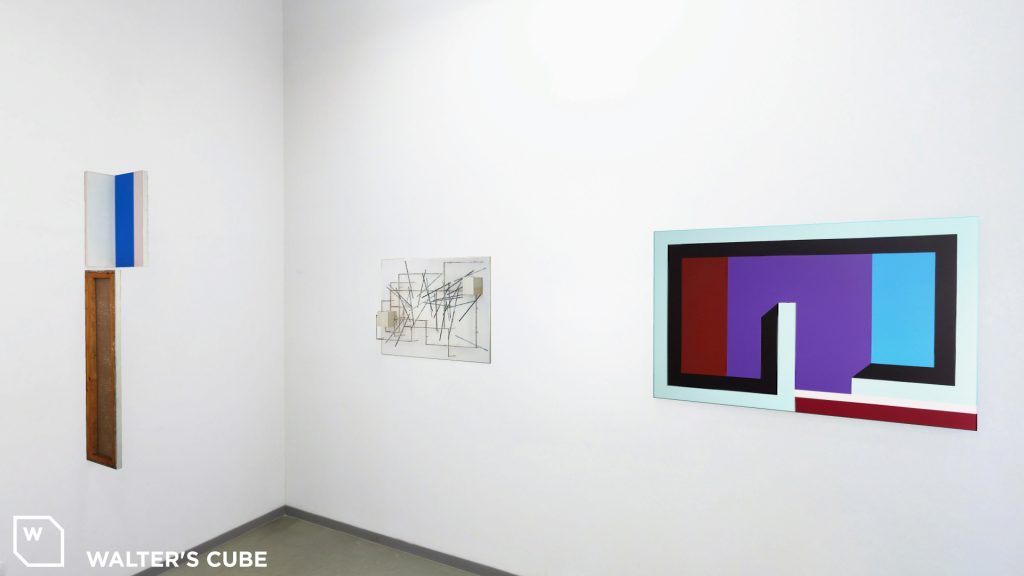
Available on the Online Viewing Room
The artists of acb Galeria have a different approach to abstraction since they could be described as neo-avantgarde. The human body is not an experience or a tool of expression for them, but an object to be explored and critically reflected on. The easiest way to understand this mental framework is to take a look at Tilo Schulz’s round painting. He put layer upon layer, seven to be exact, then scraped back the paint in certain places, creating a scene that reminds us of skin with chafing.
With a little twist, abstraction became something that imitates (living) things again, after being removed from figurative depiction. The connection to reality is conceptual, like Hajnalka Tarr’s spatial experiment, which springs from the contradiction between objective reality and subjective experience.


